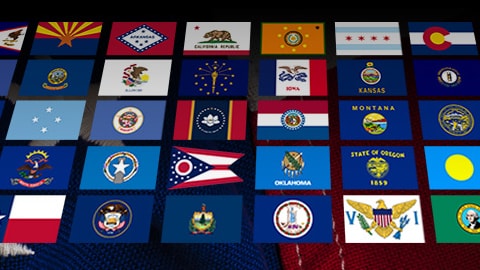At a glance
The Division of State and Local Readiness (DSLR) provides program support, technical assistance, guidance, technical integration, and capacity building for public health preparedness planning. DSLR provides fiscal oversight to state, local, and territorial recipients for the development, monitoring, and evaluation of public health capabilities, plans, infrastructure, and systems to prepare for and respond to terrorism, outbreaks of disease, natural disasters, and other public health emergencies.

Our mission
To assure the nation’s public health system is prepared to respond to and recover from a public health event or emergency.
Priorities
Since 2002, DSLR has administered CDC's Public Health Emergency Preparedness (PHEP) cooperative agreement, CDC's largest domestic grant program. The PHEP cooperative agreement is a critical source of funding and guidance for 62 state, local, and territorial public health departments. The PHEP program helps health departments build and strengthen their abilities to effectively respond to a range of public health threats, including infectious diseases, natural disasters, and biological, chemical, nuclear, and radiological events.
There are 62 PHEP cooperative agreement funding recipients:
- All 50 states
- Four major metropolitan areas (Chicago, Los Angeles County, New York City, and Washington, D.C.)
- Eight U.S. territories and freely associated states (American Samoa, Guam, Federated States of Micronesia, Northern Mariana Islands, Puerto Rico, Republic of Palau, Republic of the Marshall Islands, and U.S. Virgin Islands)
In October 2017, CDC released the first Public Health Crisis Response notice of funding opportunity (NOFO), enabling the agency to more quickly award funds to state, local, tribal, and territorial public health agencies in the event of a public health emergency. DSLR administers the initial response component of the Public Health Crisis Response NOFO, with various CDC programs supporting longer-term, crisis-specific response activities.
